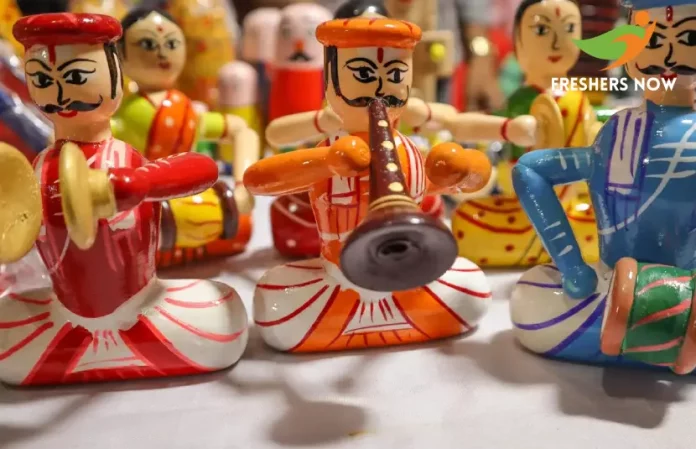
India’s Toy Exports Slip to $152.34 Million in 2023-24: Despite quality control measures, India’s toy exports experienced a slight decline to USD 152.34 million in the fiscal year 2023-24, as reported by the Global Trade Research Initiative (GTRI). Let’s explore the factors contributing to this trend and the recommendations put forth by GTRI to address the challenges in the global toy market.
Export Trends and Challenges
The export figures for Indian toy exports saw a marginal decrease from USD 153.89 million in the previous fiscal year to USD 152.34 million in 2023-24, highlighting a concerning trend. This decline comes despite efforts to enhance quality control and promote the Indian toy industry in the global toy market. Additionally, while there was a modest increase in Indian toy exports from FY’2020 to FY’2022, the subsequent year witnessed a downturn, posing challenges for the sector.
Rising Imports: A Persistent Challenge
In contrast to the declining export figures, imports of toys rose to USD 64.92 million in 2023-24 from USD 62.37 million in the preceding year. This indicates an ongoing challenge in balancing trade dynamics and underscores the need for strategic interventions to boost India’s competitiveness in the global toy market.
GTRI’s Recommendations for Industry Development
GTRI Founder Ajay Srivastava advocates for a comprehensive strategy to revitalize India’s toy industry and Indian toy exports. Here are some key recommendations:
- Comprehensive Industry Development Strategy
Srivastava stresses the importance of adopting a holistic approach to foster the growth of India’s toy industry, focusing on both domestic production and export promotion. - Domestic Ecosystem Strengthening
Developing a robust domestic ecosystem is essential, including infrastructure development and policy support to encourage renowned global toy brands to establish manufacturing facilities in India. - Learning from China’s Model
India can draw insights from China’s success in the toy industry by investing in research and development to enhance innovation in toy design and functionality. - Specialized Manufacturing Hubs
Establishing specialized toy manufacturing hubs can streamline production processes, reduce costs, and enhance efficiency, thereby increasing the sector’s competitiveness. - Preservation of Cultural Heritage
Modernizing traditional Indian toys while preserving their cultural significance can create unique products that appeal to both domestic and international markets, promoting India’s rich cultural heritage. - Promotion and Marketing Initiatives
Supporting small and medium enterprises (SMEs) in adopting digital marketing strategies and participating in international fairs can help establish global connections and promote Indian toys on a larger scale. - Attraction of International Manufacturers
Encouraging international toy giants to set up production facilities in India can reshape the global toy production landscape and create new growth opportunities. - Reducing Import Dependency
Developing local production capabilities for critical toy-making materials and components will reduce import dependency and enhance the self-sufficiency of the Indian toy industry.
Conclusion
Despite challenges, India has the potential to emerge as a significant player in the global toy market. By implementing the recommendations put forth by GTRI and adopting a proactive approach to industry development, India can overcome existing hurdles and achieve sustainable growth in Indian toy exports while preserving its cultural heritage and promoting innovation.
Stay updated with the latest current affairs and insightful blog posts by following FreshersNow. Don’t miss out on future content that keeps you informed and engaged!
| You Can Also Check | |
| Current Affairs | |



